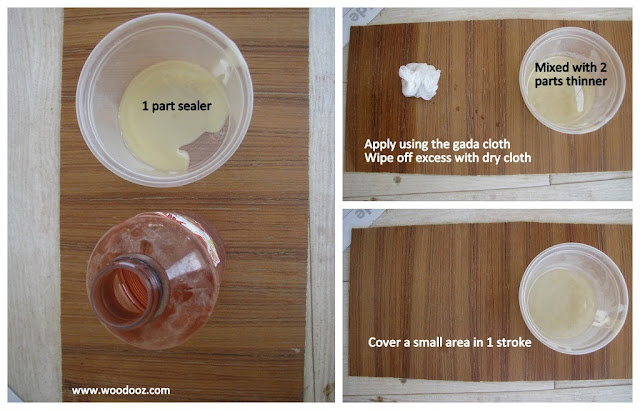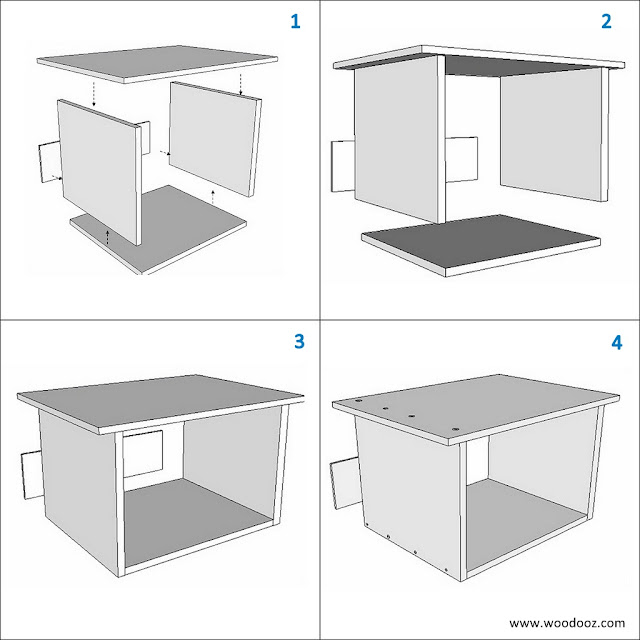Note : Updated with video and a note on ease of use of the tool (4th Feb, 2016)
"For drilling hole into a wall all by ourselves, do you use the local drill or any other branded one? When I checked the nearby hardware shop, they all had drill above 2k+ nothing for 700 or 1k. Any latest updates on which drill to use? Does it really need strength or can I handle it myself without disturbing my husband?" - A reader's query in Facebook
"For drilling hole into a wall all by ourselves, do you use the local drill or any other branded one? When I checked the nearby hardware shop, they all had drill above 2k+ nothing for 700 or 1k. Any latest updates on which drill to use? Does it really need strength or can I handle it myself without disturbing my husband?" - A reader's query in Facebook
Before getting into the electric drill itself, it is important to understand what is it that makes drilling into wall seemingly difficult. The most common composition of a wall in our homes is an underlying brick wall covered by a certain thickness of concrete. It is drilling into the concrete layer that is quite a task, and once we penetrate that, eating into the brick level is cake walk. The choice of drill is primarily based on the application and your day to day needs. Based on my own experience in using an electric drill, the following are the major two categories that I would recommend for your home use. There are various brands, and these drills are available at various costs, and that is out of scope of this post.
Rotary Drills
- This is the basic form of electric drill. When turned on, the chuck to which the drill bit is attached rotates. The rotating bit then has to be placed on the spot where a hole needs to be drilled. As the bit cuts into its target, it is completely up to the user to apply the necessary pressure to provide the thrust to dig deep into the surface.
- I use a very basic rotary drill that rotates in the clockwise direction and in a single speed. Because the force to drive the drill bit into the surface comes from the user, it is really not suited for thick concrete walls, particularly the external nine inch walls. It has been perfect for all my internal needs, especially for all the wall hanging work at home. I have tried using this drill on "certain" walls, miserably failed and then sought professional help. The rotary drill is ideal for basic masonry drilling (not so thick concrete layers), your DIY projects and other woodworking needs, particularly for drilling pilot holes, counter sinking etc…
Impact Drills
- The only difference here is that the thrust for breaking into the surface does not come from the user, but from the impact of a built in hammering action. It relatively eases the effort on the user by eliminating the need for him / her to apply pressure while the drilling is on. These drills are also called hammer drills. While they easily serve your DIY / Woodworking needs, they are ideal for all your masonry requirements, particularly drilling into concrete walls.
If you need these drills to drive screws, you will have to look for features like multiple speed options, clockwise and counter-clock wise (from removing a screw) rotating capabilities. The other varieties of drills I feel are high end and are more suited for industrial and professional uses. And to answer the question whether one can use it without disturbing ones husband, I would like to inform you that a teenager, with adult supervision, can easily get around to master using this tool. And so, if you are an adult yourself, man or a woman, this is your tool as much as it is anyone else's. So go ahead and get yourself one and kick start your DIY journey.
Do you own an electric drill at home ? What brand ? What are its features ? What do you use it for ? And most importantly, do you think women can use it without disturbing their husbands ? Leave me your comments.
You may also be interested in Meanwhile, here is an external link to Vinay's blog post that explains how to hammer a nail into concrete- Somu
- Must buy safety gears before you buy your electric drill
- Electric drill is not the only tool you need to own for your DIY hobby
- Install a curtain rod without having to use your electric drill












































